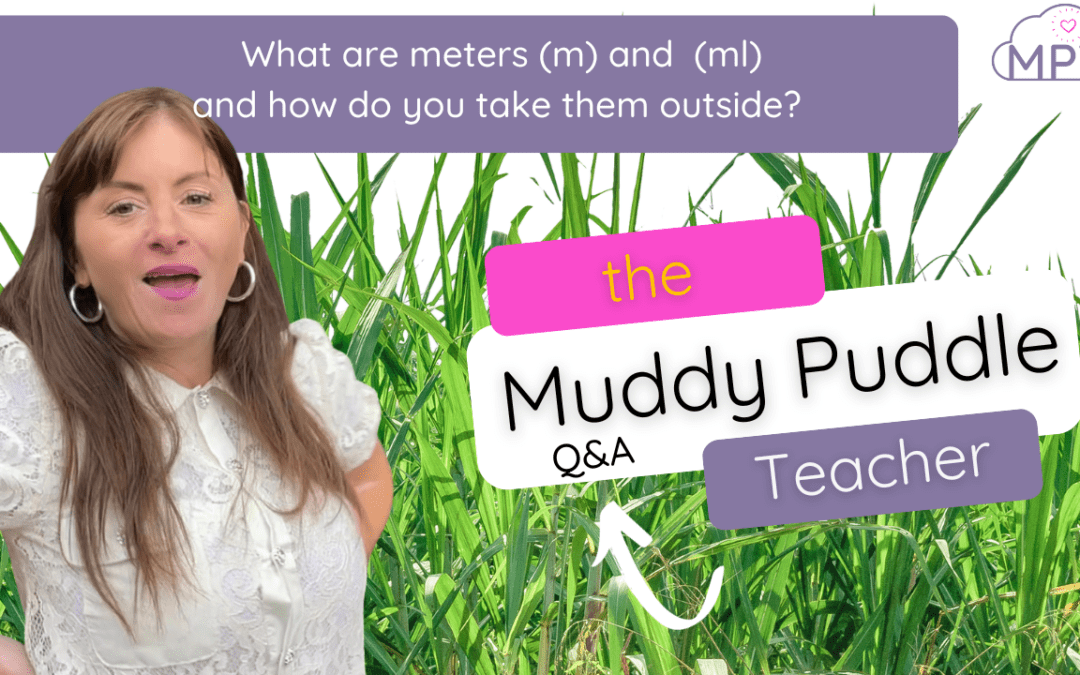How Many Milliliters Are in a Litre?
Understanding units of measurement is essential for many aspects of daily life, from cooking to conducting scientific experiments. A common question is: How many millilitres (ml) are in a litre (L)? This blog post will explore this question and provide practical examples and resources for further learning.
Basic Conversion: Milliliters to Litres
The metric system, used by most countries worldwide, is based on units of ten, making conversions straightforward. Specifically, one litre is equal to 1,000 millilitres.
1 Litre (L) = 1,000 Milliliters (ml)
Practical Examples
Understanding this conversion is useful in many everyday contexts. Here are a few examples:
- Cooking: Many recipes require precise measurements. Knowing that 1 litre equals 1,000 millilitres helps ensure accuracy in ingredient quantities.
- Science Experiments: Precise measurements are crucial in experiments. Scientists use millilitres and litres to measure liquids accurately.
- Medicine: Dosages often need to be measured in millilitres, especially in liquid medications.
Converting Between Milliliters and Litres
To convert millilitres to litres, divide the number of millilitres by 1,000. Conversely, to convert litres to millilitres, multiply the number of litres by 1,000.
Formula:
- Milliliters to Litres: ml ÷ 1,000 = L
- Litres to Milliliters: L × 1,000 = ml
Example:
- Converting 2,500 ml to litres: 2,500 ÷ 1,000 = 2.5 L
- Converting 3.75 L to millilitres: 3.75 × 1,000 = 3,750 ml
Educational Resources
For those looking to deepen their understanding of measurements, numerous resources are available:
Fun Activities and Applications
Engaging in practical activities can solidify understanding:
- Cooking Together: Measure ingredients with your children using both millilitres and litres.
- Science Projects: Create simple experiments at home that require precise liquid measurements.
- Outdoor Learning: Use outdoor activities to teach children about measurements in a fun and interactive way.
Advanced Applications
In more advanced fields, accurate measurements are critical:
- Engineering: Engineers must precisely measure fluids in millilitres and litres to ensure the proper function of systems.
- Environmental Science: Measuring water quality and quantity accurately in ecological studies is crucial.
Conclusion
Understanding how many millilitres are in a litre is a fundamental skill that applies to various everyday tasks and professional fields. Whether you’re cooking, conducting an experiment, or simply learning about measurements, knowing that 1 litre equals 1,000 millilitres is essential.
For more educational resources and practical activities, explore these helpful links:
- Muddy Puddle Teacher Lesson Plans
- Muddy Puddle Teacher Activity Packs
- Muddy Puddle Teacher PE Lesson Plans
- Muddy Puddle Teacher Teacher Community
- Muddy Puddle Teacher Geography Resources
Explore these resources to enhance your understanding and application of measurements in your daily life!
Practical Examples
Example 1: Cooking
If a recipe calls for 0.5 litres of milk, you can convert this to millilitres by multiplying by 1000:
- 0.5 litres * 1000 = 500 millilitres
Example 2: Drinking Water
If you aim to drink 2 litres of water a day, you are aiming to drink:
- 2 litres * 1000 = 2000 millilitres
Additional Resources for Conversion
For more detailed information on metric conversions, you can refer to the following resources:
- Math is Fun: Metric Volume
- ConvertUnits.com: Litres to Millilitres
- National Institute of Standards and Technology (NIST)
Conclusion
Understanding the conversion between litres and millilitres is essential for both everyday activities and more specialized fields. Remembering that 1 litre equals 1000 millilitres can simplify many tasks, from cooking and baking to scientific measurements.
For more insights and educational resources on measurement conversions, explore the following links:
- Khan Academy: Converting Units
- BBC Bitesize: Capacity and Volume
- Science Buddies: Metric Conversions
By mastering these basic conversions, you can make more accurate measurements and better understand the quantities involved in your daily life.


